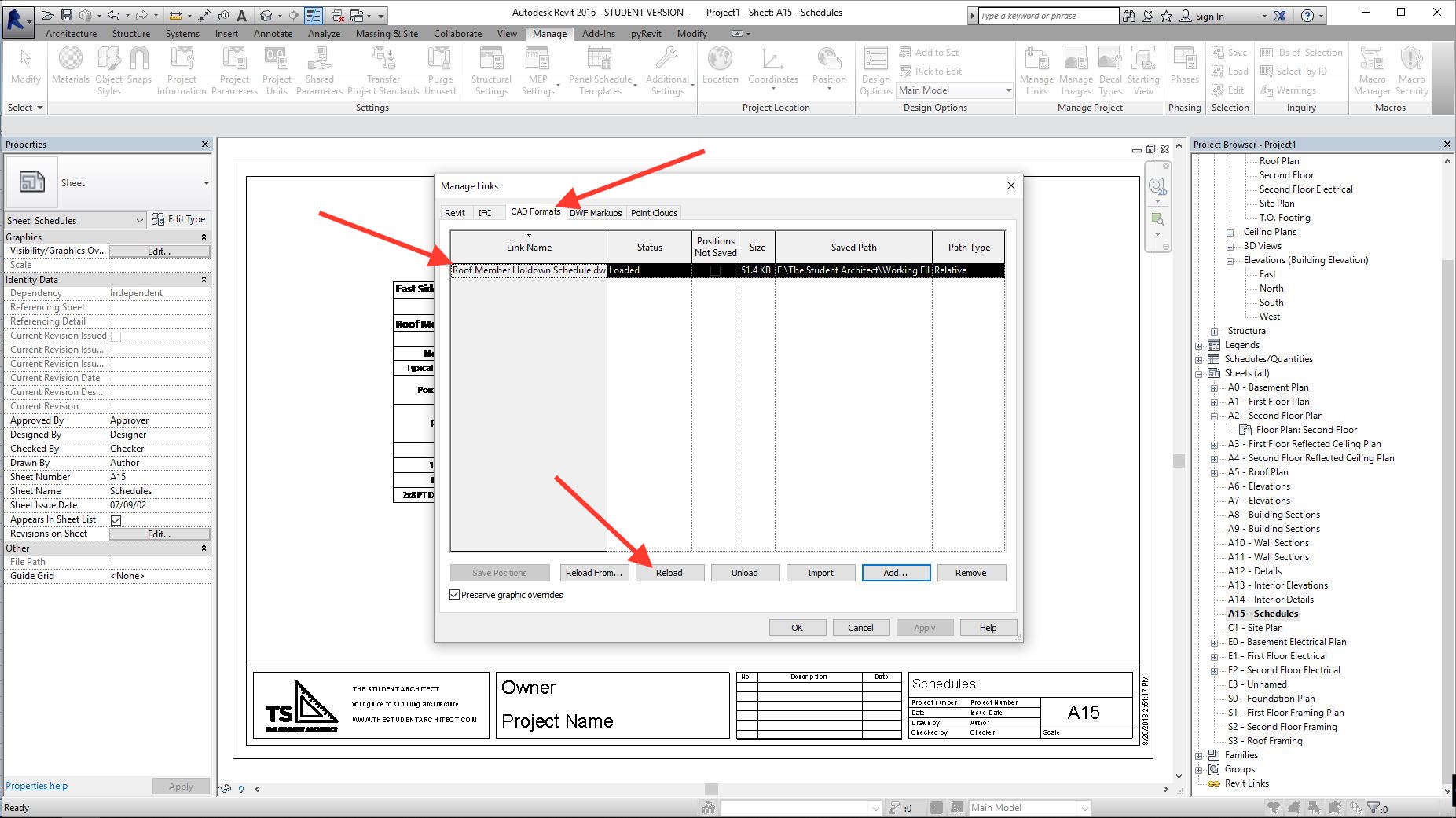Make Best Use Of Performance with Top-Rated Revit Plugins
Wiki Article
Revit Accelerator: Excel Combination Techniques for Boosting Productivity and Partnership
Are you wanting to enhance your efficiency and collaboration while using Revit? Look no more! In this write-up, we will certainly explore the benefits of integrating Excel right into your Revit process. Discover just how you can streamline your processes, optimize partnership, and also find out innovative methods for enhancing productivity. Plus, we will certainly share best techniques for seamlessly integrating Excel right into your Revit jobs. Obtain prepared to supercharge your Revit experience with our Revit Accelerator: Excel Assimilation Techniques!Benefits of Excel Combination in Revit
The advantages of Excel integration in Revit are various and can substantially improve performance and collaboration. By effortlessly attaching these two powerful tools, you can simplify your workflow and save beneficial time. With Excel combination, you can conveniently import and export data in between Revit and Excel, allowing you to take advantage of the toughness of both programs.
One more benefit of Excel integration is the capability to create vibrant timetables and records. By linking your Revit version to an Excel spread sheet, any kind of changes made in Revit will automatically update in the equivalent Excel data. This makes it simple to create updated routines, quantity launches, and various other job documentation.
Excel combination in Revit also enables far better cooperation among team members. With the capability to import and export information, you can conveniently share info with colleagues who may not have access to Revit. This advertises efficient interaction and allows for much better coordination and decision-making.
Improving Operations With Revit and Excel
Streamlining workflows with Revit and Excel can greatly enhance efficiency and cooperation. By incorporating the capacities of Revit and Excel, you can flawlessly move data in between the two applications, eliminating the need for hand-operated information entrance and decreasing the danger of mistakes.
Utilizing Revit and Excel together allows you to take advantage of the strengths of each program - revit tools. You can export data from Revit into Excel, where you can do intricate calculations, produce graphes and charts, and examine the details in a more organized and reliable fashion. On the various other hand, you can import data from Excel into Revit, allowing you to promptly upgrade your models and documentation based upon modifications made in Excel
The combination of Revit and Excel also advertises partnership amongst employee. By sharing Excel documents, you can easily connect and work together on design and construction-related information. This enhances control and makes certain that everyone is dealing with the most current information.
Optimizing Collaboration With Excel and Revit
To make best use of partnership with Excel and Revit, you can perfectly upgrade and share layout and construction-related data with your team. With simply a couple of clicks, you can import Excel spread sheets into your Revit model, enabling you to conveniently accessibility and manipulate the data.One of the crucial advantages of using Excel in combination with Revit is the capacity to update data in both programs at the same time. Any type of modifications made in Excel will instantly be mirrored in Revit, and vice versa. This makes sure that everybody is functioning with one of the most up-to-date information, avoiding confusion and saving valuable time.
Additionally, Excel supplies powerful devices for examining and organizing data, which can greatly enhance your collaboration efforts. You can produce custom records and charts in Excel, assisting you to visualize and connect essential task info efficiently. This can be specifically helpful when providing data to stakeholders or making notified choices based upon job metrics.
Advanced Strategies for Boosting Performance in Revit Making Use Of Excel
By utilizing sophisticated strategies in Revit, import excel into revit you can dramatically raise your productivity by leveraging the power of Excel. Among the key approaches for enhancing performance is by utilizing Excel as a data monitoring device. With Revit's Excel integration feature, you can connect Excel spreadsheets directly to your Revit model, allowing you to easily manage and update information. This integration allows you to create schedules, determine amounts, and perform information evaluation efficiently.
Furthermore, you can make use of Excel macros to automate repetitive jobs in Revit (revit tool). Macros permit you to videotape a collection of actions and play them back with a single click, saving you effort and time. You can create a macro to automatically create area timetables or update parameter values in bulk.
Ideal Practices for Excel Assimilation in Revit
Utilizing Excel as a data management tool in Revit allows for efficient administration and updating of data. One of the finest practices for Excel integration in Revit is to create a clear and arranged information structure. By following these ideal techniques, you can successfully utilize Excel as a data monitoring device in Revit and boost your efficiency and cooperation.Conclusion
In verdict, incorporating Excel with Revit can greatly improve efficiency and partnership in the style process. By leveraging the power of Excel, Revit users can attain higher degrees of efficiency and partnership in their tasks.With Excel combination, you can conveniently import and export information between Revit and Excel, allowing you to leverage the toughness of both programs.
One of the vital advantages of Excel combination is the capacity to use Excel solutions and functions within Revit. By connecting your Revit version to an Excel spread sheet, any changes made in Revit will instantly update in the matching Excel data. On the other hand, you can import information from Excel into Revit, allowing you to promptly update your designs and documents based on adjustments made in Excel.
With Revit's Excel combination function, you can link Excel spread sheets straight to your Revit design, allowing you to conveniently handle and update information.
Report this wiki page